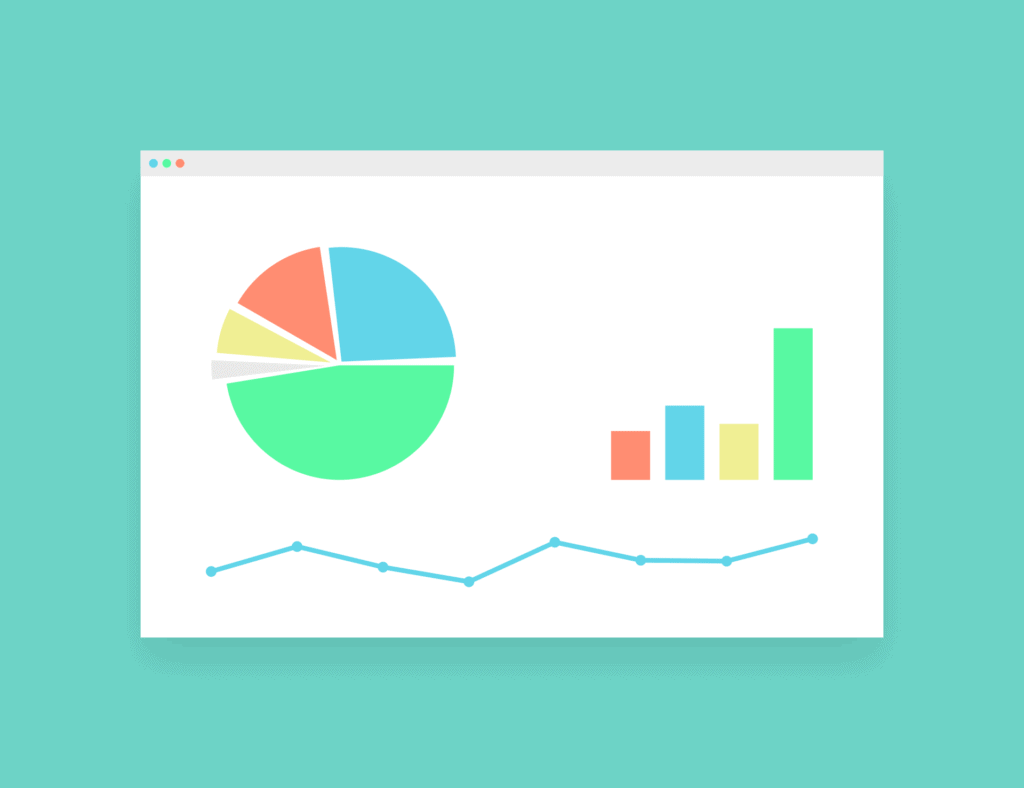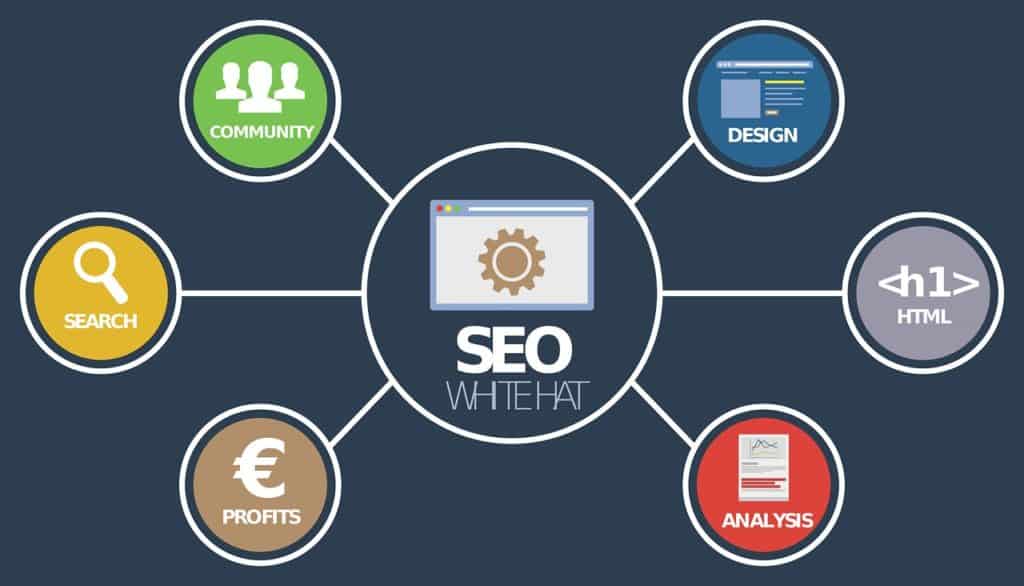If your brand relies heavily on its online presence but you’re yet to invest in SEO as a channel, you are likely to be missing out on a significant opportunity. Search engine optimisation in 2021 is more or less essential if you want to maximise your company’s potential for growth in the world of e-commerce, and you can be sure that even if you’re not doing it, your competitors almost certainly are.

When it comes to ranking on Google, you’re either first or last. According to HubSpot, 75% of Google users never get past the first page of search results, meaning if you don’t hit the top ten for any of your relevant search criteria, you might as well not be on there. So, the natural question is, how do you break into that prestigious ranking group in your given sector?
The answer lies in understanding and adopting the SEO practices that can give your business and brand fundamental search appeal. With plenty of tactics and approaches out there, we’ve narrowed things down to the six best general practices for you to follow right now.
Match content with search intent
While you’re busy creating unique and engaging content on your site that is working to boost user appeal, you also need to be cognizant of search intent and how you can optimise your content to appeal to it. Google uses four common types of search intent to guide a searcher’s journey:
- Informational: where the user is looking for specific information – for example, the kick off time for a football game or the current score – or more complex information such as guides and advice pieces.
- Navigational: where the user is simply looking to get to a certain website or app – for example, “Facebook” or “Amazon”.
- Commercial: where the user is looking at a specific product but hasn’t made a buying decision on it yet – for example “best wireless headphones”.
- Transactional: where the user has intent to buy – for example, “buy iPhone 12”
Understanding these categories and which your content should appeal to in order to achieve the desired result is the key to nailing search intent. You can find out more on search intent here.
Don’t ignore your title tags and meta descriptions
Your title tags and meta descriptions represent two of the more important meta tags on your page. Not only are they the eye candy for your search result on Google, but they’re also a major opportunity for optimisation and search intent alignment.
Your title tags are the place to include your keywords, match search intent and offer a concise overview of your page’s content. Your meta descriptions don’t directly affect Google rankings, but by producing unique and engaging snippets with clear calls to action, they can help your click through rates, so it still makes sense to spend time optimising these.
Optimise your loading speed
It might seem a strange thing to mention in the modern world of superfast broadband and 5G, however poor page speed on your site can leave you with a lot of disgruntled users, poor engagement or bounce rates and, in turn, a drop in the rankings.
There are a number of tools out there to help monitor and improve your page speed, including a free one from Google by the name of PageSpeed Insights. This article from SEMRush gives some very useful advice on how you can improve your loading times and keep your users happy on their visits.
Embrace internal linking
Internal links are easy-peasy to implement across your content and help develop the hierarchy of your site – as well as aiding Google in its understanding of the interrelationship of content on your site. Away from SEO purposes, they’re naturally a good way to help guide your customers’ journeys around the site and towards useful commercial and transactional areas.
In terms of best practice SEO, it is important to ensure key pages are linked to in your website’s top navigation. This will also help users find the information they need quickly and easily.
Add authority to your backlinks
Backlinks, as in external links to support content, are still a key ranking factor amid Google’s changing algorithms. However, you can’t just chuck any old backlink into your content and hope for the best – your backlinks need to carry the authority to boost your ranking rather than hinder them.
You can find said authoritative backlinks via a competitor analysis and replicating their link acquisition strategies. Once you’ve found the right backlinks for your content, look to naturally build these up as an ongoing approach over time.
Look into long-form content
There is a growing connection between longer content and search performance. In fact, pieces over 3,000 words long have been shown in recent studies to multiply traffic, shares and backlinks considerably, so if you’re able to invest in some wordier, more in-depth content, it’s often worth it.
General advice is that a site should have a couple of these longer-form pieces included, with the content including helpful information that appeals to Google users. Of course, writing these essay style pieces to a high-quality level might not be realistic for smaller operations, so you may wish to seek professional help when it comes to the more labour-intensive content work.
It’s never been more important to build your SEO presence and awareness of your business. With Google’s algorithms changing every year and virtually all e-commerce sectors fiercely competitive, your SEO efforts this year should be seen as essential rather than optional. For 2021, that means engaging with the ideas mentioned above, but in a constantly evolving part of the market, be prepared to pivot your strategy as and when it’s required.
The post The 6 best SEO practices to follow in 2021 appeared first on HellBound Bloggers (HBB).
SEO – HellBound Bloggers (HBB)






Leave a Reply
You must be logged in to post a comment.